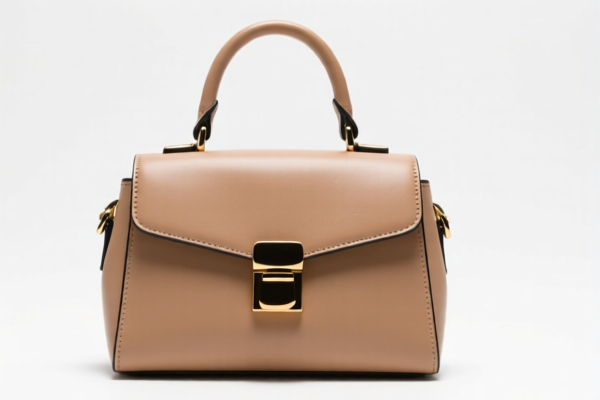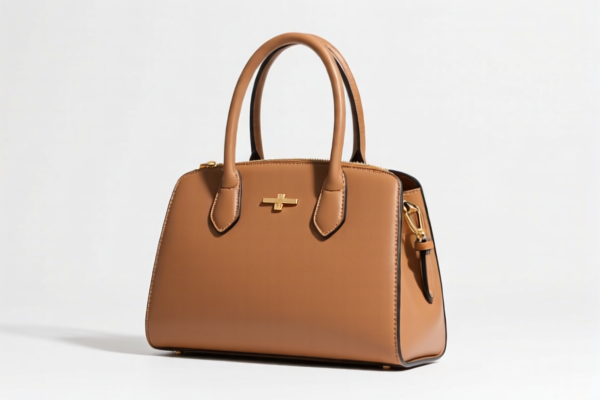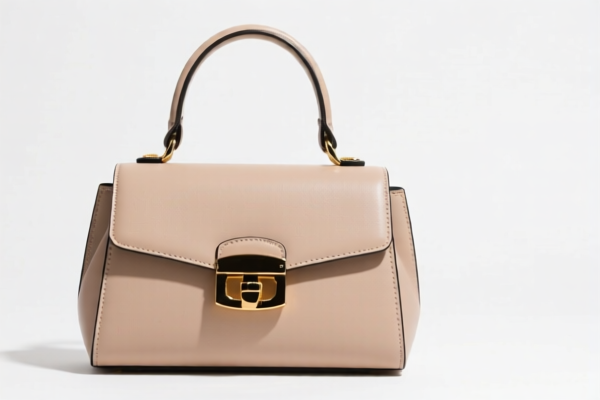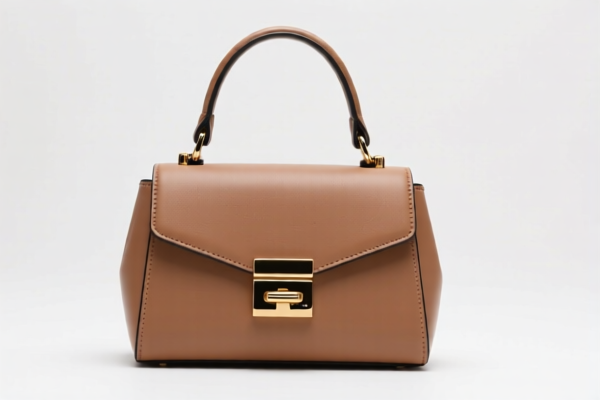| HS Code | Official Doc | Tariff Rate | Origin | Destination | Effective Date |
|---|---|---|---|---|---|
| 4202224010 | Doc | 62.4% | CN | US | 2025-05-12 |
| 4202228100 | Doc | 72.6% | CN | US | 2025-05-12 |
| 4203406000 | Doc | 55.0% | CN | US | 2025-05-12 |
| 6114909070 | Doc | 35.6% | CN | US | 2025-05-12 |
| 6114909040 | Doc | 35.6% | CN | US | 2025-05-12 |
| 3926903300 | Doc | 36.5% | CN | US | 2025-05-12 |
| 3923900080 | Doc | 58.0% | CN | US | 2025-05-12 |




Woman Handbags
Woman handbags, also commonly referred to as purses, are enclosed containers typically used to carry personal belongings. They serve a multifaceted role encompassing both functional utility and fashion expression.
Material
Handbags are constructed from a wide array of materials, influencing their durability, appearance, and price point. Common materials include:
- Leather: A traditional and highly valued material, offering durability and a classic aesthetic. Varieties include full-grain, top-grain, genuine, and bonded leather, differing in quality and processing.
- Synthetic Leather: (e.g., PU, PVC) Offers a more affordable and often vegan-friendly alternative to genuine leather, with varying levels of durability and appearance.
- Fabric: (e.g., Canvas, Nylon, Polyester, Satin) Provides lighter weight options, often used for casual or specialized bags. Canvas is known for its durability, while satin is often used for evening bags.
- Exotic Skins: (e.g., Crocodile, Snakeskin, Ostrich) Represent luxury materials, valued for their unique textures and patterns.
- Straw/Wicker: Used primarily for summer or casual handbags, offering a natural and lightweight aesthetic.
Purpose & Function
The primary function of a handbag is to carry essential personal items such as:
- Wallet/Money
- Keys
- Mobile Phone
- Cosmetics
- Personal Hygiene Items
- Small Electronics
- Documents
Beyond basic carrying, handbags often serve as a statement of personal style, social status, and fashion sensibility.
Usage Scenarios
Handbag selection is often dictated by the intended usage scenario:
- Everyday/Casual: Larger tote bags, shoulder bags, or crossbody bags for daily use, prioritizing comfort and capacity.
- Work/Professional: Structured satchels, briefcases, or work totes, emphasizing professionalism and organization.
- Evening/Formal: Clutches, wristlets, or small shoulder bags, focusing on elegance and minimal size.
- Travel: Larger duffel bags, backpacks, or specialized travel bags, prioritizing capacity and security.
- Special Occasions: Unique designs and materials tailored to specific events.
Common Types
A diverse range of handbag types cater to varying needs and preferences:
- Tote Bag: Large, open-top bags with two handles, known for their spaciousness and versatility.
- Shoulder Bag: Bags with a single strap designed to be carried over the shoulder.
- Crossbody Bag: Bags with a long strap worn across the body, offering security and hands-free convenience.
- Satchel: Structured bags with a top handle and often a shoulder strap, known for their classic and professional appearance.
- Clutch: Small, handheld bags without straps, typically used for evening events.
- Wristlet: Small bags with a wrist strap, offering a convenient and secure carrying option.
- Backpack: Bags worn on the back with two straps, prioritizing comfort and capacity.
- Hobo Bag: Crescent-shaped bags with a slouchy appearance, known for their relaxed style.
- Bucket Bag: Cylindrical bags with a drawstring closure, known for their casual and bohemian style.
- Messenger Bag: Bags with a long strap worn across the body, often used for carrying books or documents.
- Mini Bag: Small, compact bags designed for carrying essential items.
Woman Handbags
Woman handbags fall under several classifications depending on material and specific features. Here's a breakdown of relevant HS codes based on the provided information:
- 4202224010: This HS code covers trunks, suitcases, vanity cases, and similar containers, specifically handbags, whether or not with shoulder strap, including those without handle, with outer surface of sheeting of plastics or of textile materials, wholly or in part of braid, of cotton. The basic tariff is 7.4%, with an additional surcharge of 25.0%, increasing to 30.0% after April 2, 2025, resulting in a total tariff of 62.4%.
- 4202228100: This HS code also covers handbags, whether or not with shoulder strap, including those without handle. However, it applies to handbags not specifically defined as being of cotton or braided, with a basic tariff of 17.6%, a surcharge of 25.0%, increasing to 30.0% after April 2, 2025, for a total tariff of 72.6%.
- 3926903300: This HS code covers handbags made of beads, bugles and spangles, not strung (except temporarily) and not set; articles thereof, not elsewhere specified or included. The basic tariff is 6.5%, with no additional surcharge, increasing to 30.0% after April 2, 2025, for a total tariff of 36.5%.
- 6114909070: This HS code covers other garments, knitted or crocheted, of other textile materials, other, other. While primarily for garments, it could apply to certain handbag types constructed from knitted or crocheted textiles. The basic tariff is 5.6%, with no additional surcharge, increasing to 30.0% after April 2, 2025, for a total tariff of 35.6%.
It is important to note that the correct HS code depends on the specific material composition and construction of the handbag.
Regarding HS code 4202224010 and 4202228100, please verify the outer surface material (sheeting of plastics or textile materials) to determine the appropriate classification.
Customer Reviews
No reviews yet.